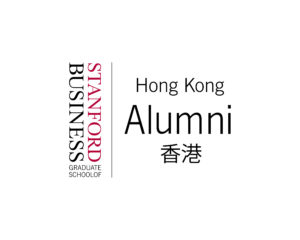Stanford Business Behind the Scenes: Hong Kong International Airport
The Race Between the Global Hubs: Challenges & Opportunities Facing the HKIA
Morning, Saturday, 16 September 2017, 9:00 am – 13:30 pm, Hong Kong International Airport
Event Details:
For decades, Hong Kong (and Singapore) has been Asia’s leading global aviation hub. It pioneered airport to city high-speed rail connections, ground-breaking “barely-waiting” automated luggage delivery; and Hong Kong’s chip based ID cards/automated immigration gateways, to name but a few.
But today, a roughly USD 1.1 trillion global airport spending spree (about half of that to be spent in Asia alone), threaten this historical dominance. In China, not just 1st tier city airports, but also 2nd and even 3rd tier city airports are deepening their point to point int’l routes and disintermediating Hong Kong’s traditional “gateway to China” role. But it is not just airports in China such as Beijing’s USD 13 billion expansion, or Shanghai’s fifth runway (opening in 2018) that have big plans on the cards, but also regional airports such as Bangkok’s USD 3.5 billion third runway, Seoul Incheon’s USD 4.5 billion 2nd terminal and future fourth runway, and Singapore’s USD 1 billion fourth and fifth terminals – each threatening Hong Kong’s dominance in different ways. Nearby Guangzhou’s Baiyun Int’l Airport alone, with 60 MM passengers in 2016, is already nipping at the heels of Hong Kong’s 70 MM passengers, with volumes surging 120% in a decade when HK’s growth was only half the same.
To meet these challenges, Hong Kong has embarked on a USD 18 billion third runway project (the 3RS project) which is expected to be completed in 2024. This initiative, the largest infrastructure project ever to be undertaken in Hong Kong, will support not only more passengers but also Hong Kong’s critical cargo hub role, facing increasingly intense competition from Shenzhen, Zhuhai, Guangzhou and even, Macao. Unusually, in Asia, a high percentage cargo (40%) was traditionally carried in the belly of passenger flights. Hong Kong’s ability to dominate cargo is therefore intimately linked to its continued passenger volumes.
But will the 3RS be enough? Should the HKIA rethink how it collaborates with regional airports as well as competes with them as China continues to relax domestic landing rights for foreign airlines? Is the USD 10+ billion Guangzhou-Shenzhen HK Express Rail Link (the XRL), integrating HK into a 16,000 km national high-speed rail network, a threat, or a competitive advantage for China-outbound traffic passing through the HKIA?
As part of the Chapter’s mission of life-long learning, the Business Behind the Scenes Program was initiated to give our Membership rare insights on how leading organizations operate from the inside, combining an on-site tour with the opportunity to engaged, off-the-record dialogue with senior management.
The HKIA Behind the Scenes event will cover not only off-the-record discussion with management, but also visits to airport restricted areas, such as Integrated Airport Centre and Baggage Handling System, enabling one to final appreciate the logistics behind how that bag “magically appears”
We look forward to welcoming you to this very special Behind the Scenes event.
| Event Includes: Site visit, presentations by management plus complementary lunch with CEO, as follows:
9:00 AM Gathering at HKIA |






